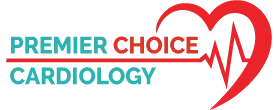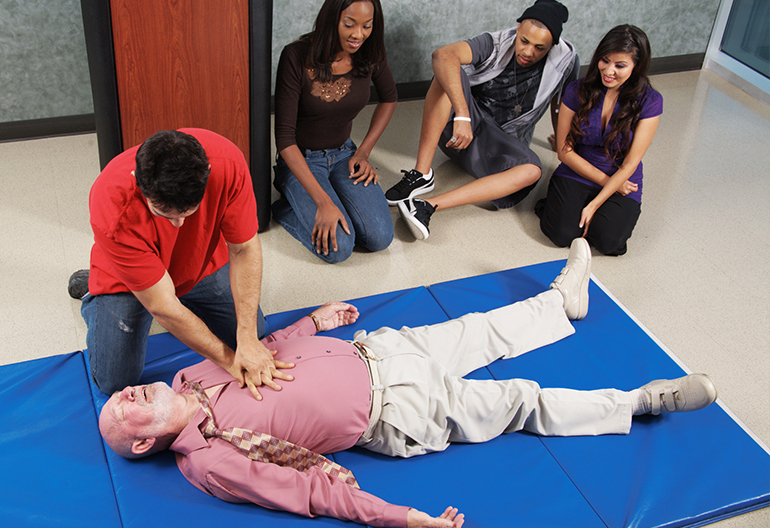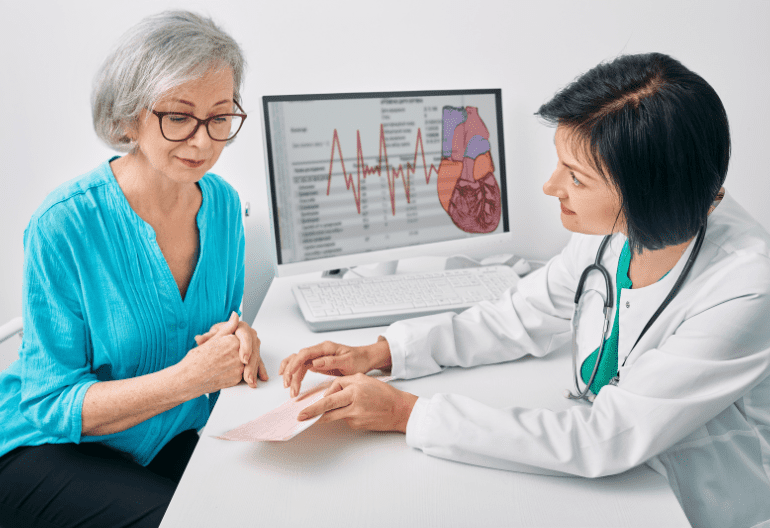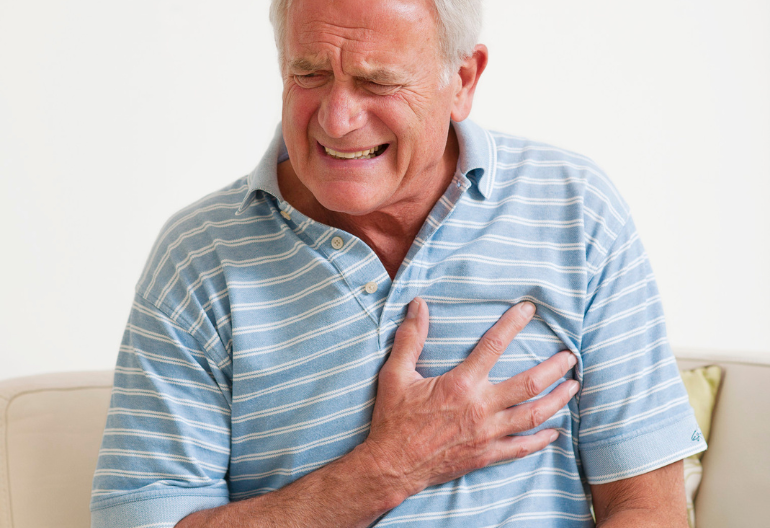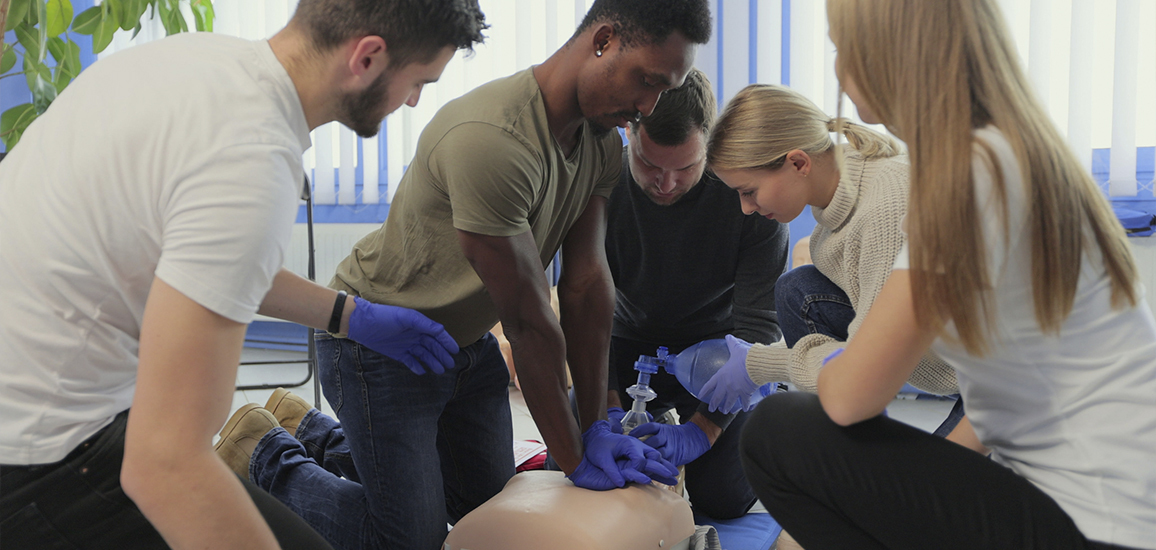
Heart Attack: A Silent Threat:
Understanding the silent nature of heart attacks and their causes.
A heart attack occurs when blood flow to the heart muscle is blocked, often due to a blood clot. It’s essential to recognize the symptoms and take action promptly.
Recognizing the Signs:
Spotting the telltale signs of a heart attack.
The most common symptoms include chest pain, shortness of breath, and nausea. Identifying these signs early can be life-saving.
Calling for Help:
The importance of dialing emergency services.
As soon as you suspect a heart attack, call 911 or your local emergency number. Prompt medical assistance is crucial.
CPR (Cardiopulmonary Resuscitation)
How to perform CPR during a heart attack.
Learn the proper techniques for CPR, a life-saving procedure that can keep the blood flowing until professional help arrives.
Using an Automated External Defibrillator (AED)
Guidelines for using an AED.
AEDs can restore a normal heart rhythm. Here’s how to use one effectively.
Stay Calm and Reassure:
Supporting the person during a heart attack.
Your calm demeanor can provide comfort and reassurance to the person experiencing the attack.
Loosen Tight Clothing:
Helping the person breathe more easily.
Gently loosening tight clothing can ease breathing and reduce discomfort.
Administer Aspirin:
The benefits of aspirin during a heart attack.
Chewing an aspirin tablet can help to prevent blood clotting, potentially saving a life.
Keep the Person Comfortable:
Making the person as comfortable as possible.
Positioning the person correctly can alleviate their discomfort.
Stay with the Person:
Offering emotional support during a difficult time.
Your presence can provide a sense of security and support.
What to Avoid?
Things to avoid when assisting during a heart attack.
Certain actions can worsen the situation, so it’s essential to know what not to do.
Understanding Heart Attack Risk Factors:
Identifying those at risk.
Factors like age, lifestyle, and genetics can increase the likelihood of a heart attack.
FAQs!
Q: Can I perform CPR if I’m not trained?
A: Yes, even without formal training, performing CPR is better than doing nothing. Follow the guidelines for chest compressions and rescue breaths.
Q: How can I remember to call 911 in a panic?
A: It’s essential to stay as calm as possible. Try to delegate the task to someone else if you can and then make the call.
Q: What if the person is unconscious?
A: If the person is unresponsive and not breathing, begin CPR. Remember to call for help first.
Q: Are there any specific age groups more at risk?
A: While heart attacks can occur at any age, individuals over 50 and those with risk factors are more susceptible.
Q: Can I give the person water during an attack?
A: No, it’s not advisable to give water. The person may be unable to swallow and could choke.
Q: How long should I wait before stopping CPR?
A: Continue CPR until professional help arrives. It’s better to be safe and keep going.

